Pond Algae - How and What to do?
eheneke
9 years ago
Related Stories

GARDENING AND LANDSCAPINGHow to Make a Pond
You can make an outdoor fish paradise of your own, for less than you might think. But you'll need this expert design wisdom
Full Story
LANDSCAPE DESIGNKoi Find Friendly Shores in Any Garden Style
A pond full of colorful koi can be a delightful addition to just about any landscape or garden
Full Story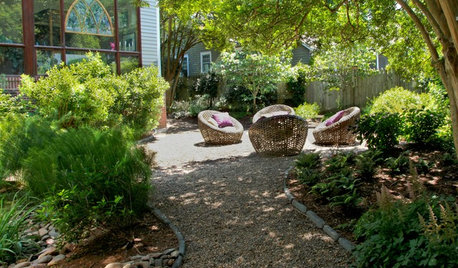
LANDSCAPE DESIGNEasy Ways to Manage Stormwater for Lower Bills and a Healthier Earth
Send cleaner runoff into local waterways and spend less on yard irrigation with these simple landscaping approaches
Full Story
LANDSCAPE DESIGNNatural Swimming Pools: More Beauty, No Chemicals
Keep your skin and the environment healthy with a pool that cleans itself, naturally
Full Story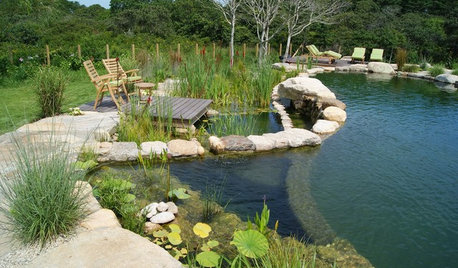
LANDSCAPE DESIGNSecrets of a Successful Water Garden
Relax. Having a water garden is much easier once you understand the basics
Full Story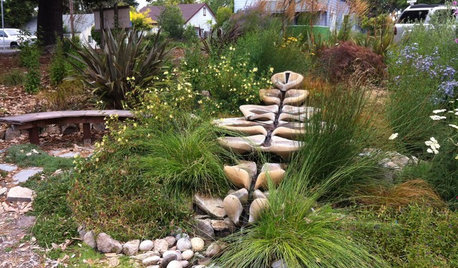
LANDSCAPE DESIGNNew Ways to Design With Water
Go beyond 3-tiered fountains and faux waterfalls to discover water's architectural possibilities
Full Story
MOST POPULARMeet a Lawn Alternative That Works Wonders
Carex can replace turfgrass in any spot, is low maintenance and adjusts easily. Add its good looks and you’ve got a ground cover winner
Full Story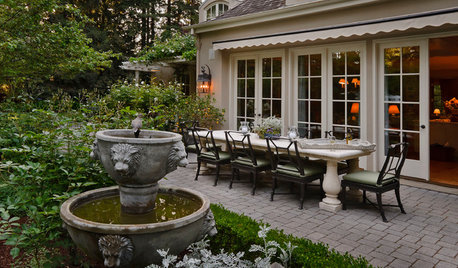
OUTDOOR ACCESSORIES10 Fountains to Bring Your Garden to Life
Water elements can be a dynamic focal point in your outdoor room
Full Story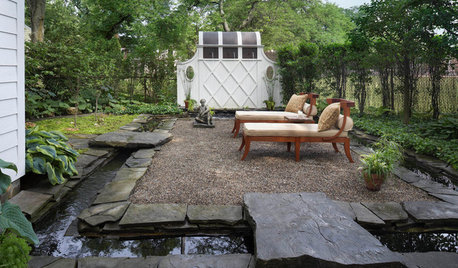
PATIO OF THE WEEKKoi Glide Around a Tranquil Garden's Moat
This idyllic retreat combines lush plantings, statues and moving water for a serene backyard scene
Full Story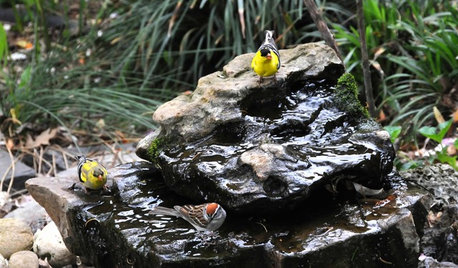
OUTDOOR PROJECTSBring In the Birds With a Homemade Bubble Rock
An avian expert from Southern Indiana shows how to make a burbling fountain that migrating birds will love
Full StorySponsored
Your Custom Bath Designers & Remodelers in Columbus I 10X Best Houzz
More Discussions







waterbug_guy
ehenekeOriginal Author
Related Professionals
Graham Landscape Architects & Landscape Designers · Edmond Landscape Contractors · Alpharetta Landscape Contractors · Azalea Park Landscape Contractors · Eustis Landscape Contractors · Fort Mill Landscape Contractors · Leicester Landscape Contractors · Live Oak Landscape Contractors · Mason Landscape Contractors · Miller Place Landscape Contractors · Monterey Landscape Contractors · North Lauderdale Landscape Contractors · Peoria Landscape Contractors · Rosemount Landscape Contractors · Wailuku Landscape Contractorswaterbug_guy